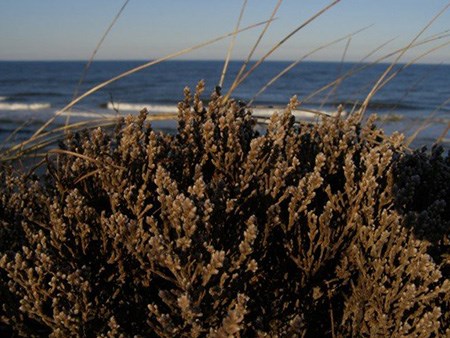
Photo by Scott Buchanan Cape Cod National Seashore's landscapes invite exploration and discovery! The seashore hosts a diverse array of terrestrial (land), wetland, aquatic, and marine plants that are uniquely adapted to life in the coastal environment. More than 800 species comprise the vascular flora of the seashore, which are associated with a number of landscape features. For example, heathlands, grasslands, dunes, woodlands, forests, vernal pools, kettle ponds, salt marshes, freshwater marshes, intertidal zones, and seagrass beds are among the different community-types that can be distinguished by their own special kinds of plant life. Past human activities on Cape Cod have played a major role in shaping the seashore's vegetation. Land-clearing practices by early European settlers gave rise to the seashore's extensive heathlands - a habitat that has since become globally rare. Other plant communities within the seashore are being negatively impacted as a result of human pressures on the environment. |
Last updated: February 11, 2025
